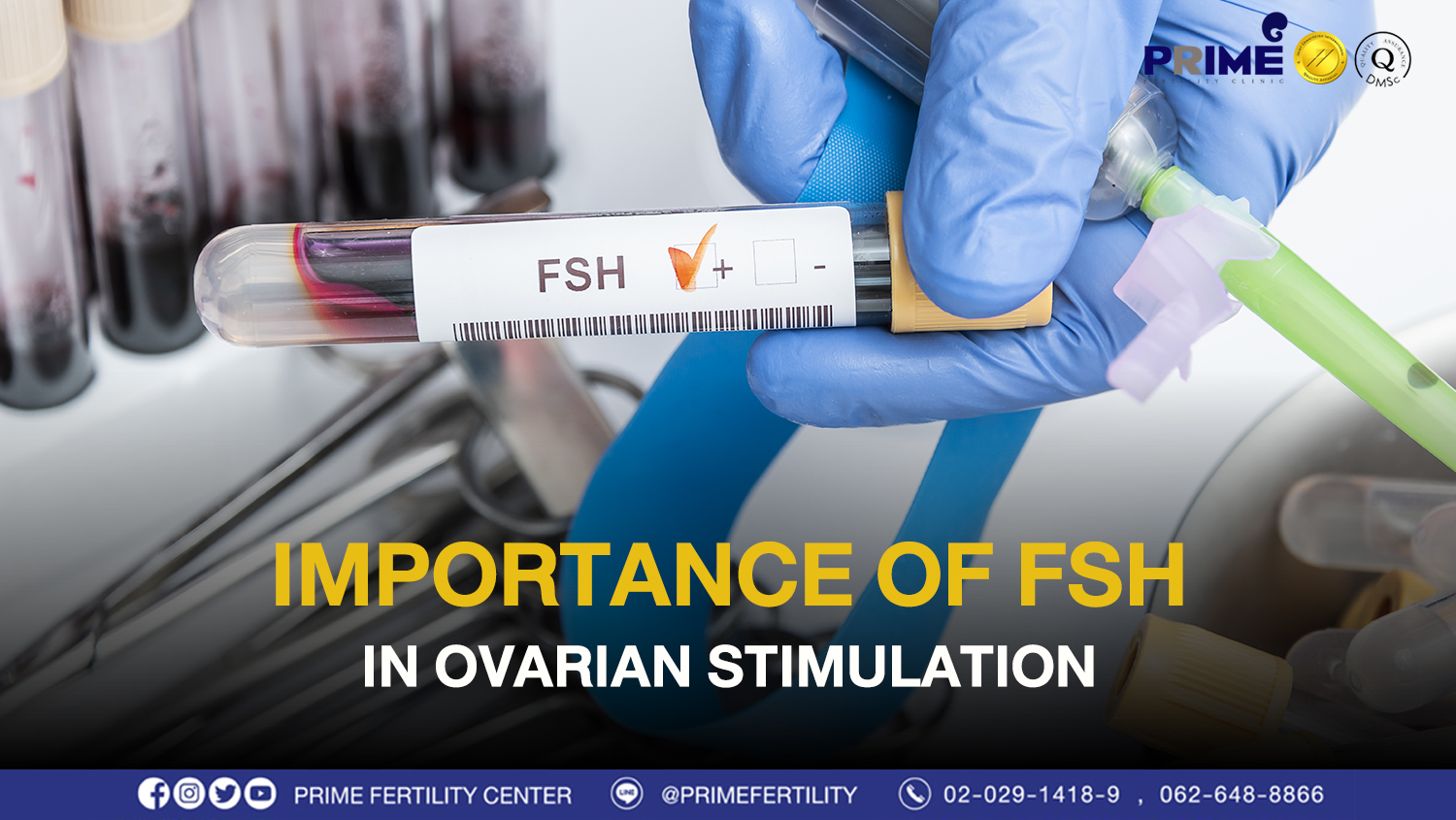Follicle Stimulating Hormone (FSH) is made by the pituitary gland located underneath the brain. FSH plays an important role in ovarian stimulation. If women have regular hormone levels, the amount of FSH should not exceed 10 mIU/ml for women of reproductive age.

When the pituitary gland releases FSH to stimulate the ovarian growth, it stimulates the small sacs called ‘follicles’. Then, when the follicles respond to FSH, they expand in size. As a result, when we do an ultrasound exam, we can see that the eggs grow bigger.
In addition, the ovarian follicle that responds most effectively to FSH stimulation is the strongest one. In a natural pregnancy, that follicle is the most qualified one as there will be only one grown ovarian follicle, which is the one that responds to FSH the most effectively.
Then, as the follicle grows, the level of estrogen, which is a female hormone, will keep increasing. Finally, the strongest egg will be ready for ovulation.
Moreover, FSH also acts as a main hormone for ovarian stimulation, choosing the best ovum, and stimulating female hormones that women of reproductive age need on a daily basis. The level of FSH varies each cycle. We can look at the FSH level on the 2nd-3rd day of the menstrual cycle.
As stated above, a usual FSH level in women of reproductive age should not exceed 10 mIU/ml. If the FSH level exceeds its normal range, it indicates that the ovarian is not functioning properly or is not responding as effectively.
A high level of FSH indicates a sign of ovarian failure as the brain needs to release more hormones to stimulate as much female hormones. Therefore, if the examination shows a high level of FSH, it suggests that the ovarian is starting to be insufficient.
–
Reference: Prime Fertility Center Co., Ltd.










